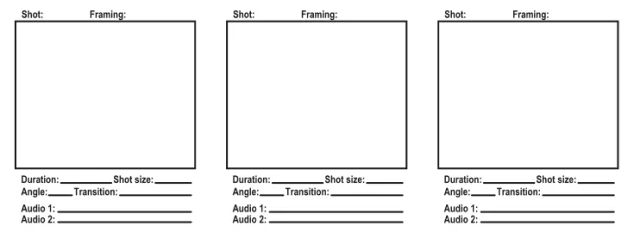Mise-en-scene
This obviously French term comes from the Theater, and it literally means "placed on the scene." With that in mind, you can think about what may be placed on a scene in a theater production. But the term extends beyond just props, and includes several items including costuming, hair styling, make up, acting styles and lighting. These are all part of a theater performance but they have crucial roles to play in film as well.
So, Mise-en-Scene is basically anything that you might imagine from the film that would translate into a theatrical production. In film, though, because the camera can be turned off, set designers, costume designers, or make-up artists may subtly change the set, costuming, or make up for only a fraction of a second (or longer) to create an effect. These effects are often hard to perceive but can have a profound impact on your reception of the scene.
Lighting, color, and even sound is often used in anti-naturalistic ways to create an expression. Sometimes the best actors don't have to do a thing if their set designers are on the ball. Much can be expressed through mise-en-scene.
Types of Lighting
- Natural or stylized
- Bright or dim
- Warm or cold


Comments
Post a Comment